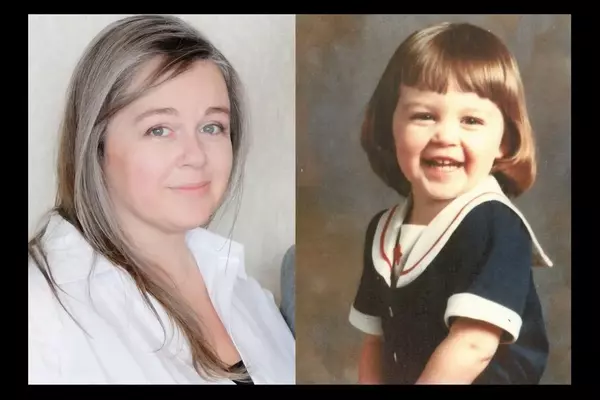In the presence of about 70,000 people in St Peter's Square in the Vatican on Sunday, Pope Leo XIV declared teen influencer Carlo Acutis the first millennial saint, giving the next generation of Catholics relatable role models. The pontiff also canonised another popular Italian figure who died young, Pier Giorgio Frassati.
"We declare and define Blessed Pier Giorgio Frassati and Blessed Carlo Acutis as saints and we inscribe them in the Roll of Saints, establishing that throughout the Church they are devoutly honoured among the saints," the pontiff announced as he read the traditional Latin declaration.
The inauguration of two new saints marked the first such celebration since Pope Leo XIV became the leader of the Catholic Church in May.
"Today is a beautiful feast for the whole of Italy, for the whole Church and for the whole world," said Pope Leo XIV at the beginning of the Mass from the parvis of St Peter's Basilica.
"Before beginning the solemn celebration of canonisation, I wanted to greet you all because it is also a day of great joy."
"I especially greet so many young people and young people who have come for this Holy Mass, truly a blessing from the Lord. You have come from different countries, it is a gift of faith that we want to share,' the pontiff added.
Who was Carlo Acutis: The first millennial saint
Carlo Acutis was born in 1991 in London to a wealthy Italian family. Shortly after, he and his family moved back to Milan. There, his childhood became marked by increasingly intense religious devotion.
After his death from leukaemia in 2006, Acutis has been resting since 2019 in Assisi, inside the Sanctuary of the Dispossession.
Millions of faithful from all over the world have come on pilgrimage to honour the young man, whose body is displayed in a glass shrine, dressed in his tracksuit.
His story, closely linked to technology, also lives on online: a webcam broadcasts images of his shrine and the uninterrupted stream of pilgrims live on YouTube 24 hours a day, making him a true "influencer of God," a nickname he had earned thanks to his tech legacy.
The road to the canonisation of Acutis is marked by two miracles, both recognised by the Catholic Church.
The first concerns the inexplicable healing of Matheus, a Brazilian child suffering from a rare pancreatic malformation. In 2013, after praying with a relic of Acutis, Matheus was completely healed, an event that the Church's scientific community described as inexplicable. The second miracle, recognised in 2022, is linked to Valeria, a Costa Rican student in Florence.
After a serious head injury and a destiny that seemed sealed, Valeria's mother went to the tomb of Acutis in Assisi and, a few hours later, the girl made a full recovery, a recovery that the Church has recognised as a second miracle.
Who was Pier Giorgio Frassati
Pier Giorgio Frassati (1901-1925) bridged the gap between the upper middle class and the poor. Born into a prominent family, Frassati developed a deep faith despite his father's agnosticism.
From an early age, Frassati devoted himself to the marginalised, becoming a steadfast figure for many in Turin.
Frassati's commitment was not limited to charity, combining social commitment and politics with his spirituality.
He joined Catholic associations and became involved in the Italian Popular Party, and firmly believed in the need for reforms for a more just society.
At just 24 years old, he died of polio, likely contracted while caring for the sick. His unexpected death revealed his immense popularity and influence.
On 20 May 1990, Pope John Paul II proclaimed Pier Giorgio Frassati blessed, following the miraculous healing of Domenico Sellan, who suffered from Pott's disease.
Since 2008, the incorrupt body of Frassati has rested in a chapel within Turin Cathedral, now a site of pilgrimage where the faithful gather to honour his legacy and seek his intercession.







